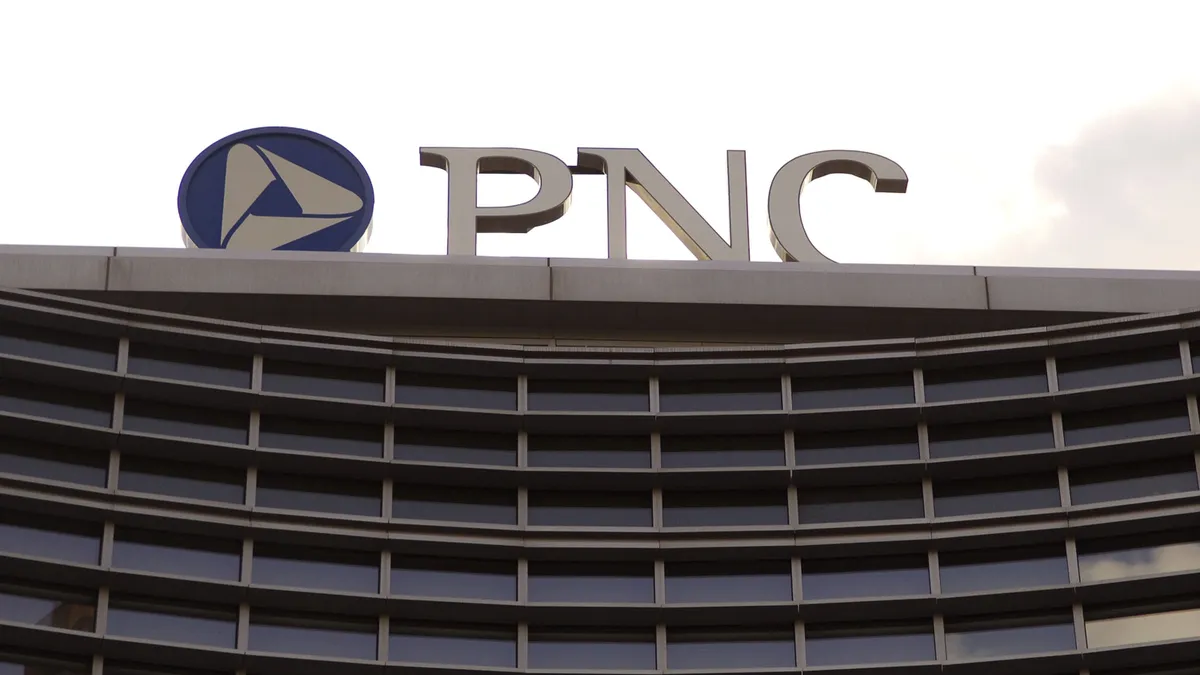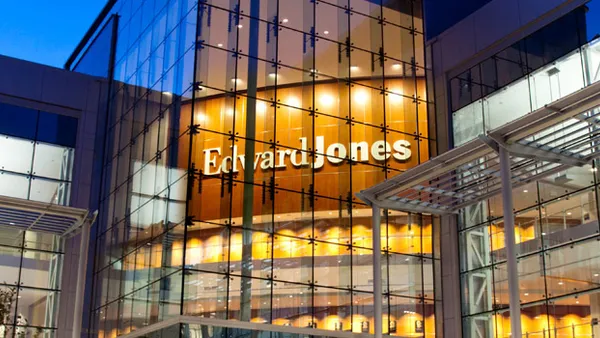With its pending $284 million acquisition of The First of Long Island poised to make ConnectOne Bank more of a regional banking player, the CEO of the New Jersey-based buyer said an environment expected to be friendlier to M&A would have the bank “absolutely” considering more acquisitions.
For ConnectOne, which is “right in the middle” of its bid to purchase the Long Island lender, a more favorable regulatory climate is welcome, said ConnectOne CEO Frank Sorrentino III.
Sorrentino said he is expecting “dramatic” change in leadership of the regulatory agencies, given the outcome of the presidential election, and more of a pro-growth, pro-business attitude within the Trump administration.
Sorrentino acknowledged he can’t say the M&A environment is necessarily unfriendly for ConnectOne at the moment. However, “friendly wouldn’t be a word I would use” to describe the general mood surrounding regulators’ appetite for M&A in banking.
That has made it more challenging to get deals across the finish line, and the process became backlogged under the Biden administration, Sorrentino said in a recent interview.
“The election certainly has spoken to some change that we're going to see,” including what he expects will be a “more common sense approach” to the creation of new regulation and the enforcement of existing rules in the banking industry, Sorrentino said, adding that he anticipates “accelerated enhancements” to regulators’ bank M&A review processes, aimed at streamlining and expediting approvals.
ConnectOne’s purchase of $4.2 billion-asset First of Long Island remains on track to close in the first half of 2025, Sorrentino said, adding he isn’t sure whether approval might come earlier or later in that time frame. The bank has submitted a merger application to the Federal Deposit Insurance Corp., the Federal Reserve and the New Jersey Department of Banking, and this month filed an S-4 with the Securities and Exchange Commission.
The transaction will nudge ConnectOne across the $10 billion asset threshold. The bank has been preparing to surpass the benchmark for three years, installing the appropriate risk controls and systems, compliance measures and reporting requirementsSorrentino said. The combined lender will have roughly $14 billion in assets.
“While this transaction is welcome in that it propels us over $10 billion, it wasn’t necessary” to cross that threshold, he said. “We were prepared to go over $10 billion next year no matter what.”
The bank doesn’t have much consumer business, so he deemed the loss of Durbin Amendment income – since the bank will face a cap on debit interchange fees – “inconsequential.”
ConnectOne has made a handful of acquisitions over the years to bolster growth. Melville, New York-based First of Long Island’s market is one “we’ve absolutely coveted,” Sorrentino said. The bank’s 40-branch footprint will instantly grow ConnectOne’s exposure across Long Island.
“It would have taken us years, maybe more than years, to accomplish what we’re going to get here by putting this deal together,” Sorrentino said.
The smaller lender’s executives were staring down decisions around significant technology and risk investments, as well as branch rationalization, and saw an opportunity to give customers more, sooner than later, through the acquisition, Sorrentino said.
“The game is getting more complicated” for community banks, given rising competition from fintechs and other companies in the banking space, he said.
The deal is poised to make ConnectOne more of a regional player. Looking ahead, “if the right M&A transaction shows up, sure, we’ll absolutely look at it,” Sorrentino said. “Will the environment be a little bit easier going forward? That’s what everyone says. I don’t know for sure. But certainly, we would take advantage of that, if it’s something that made sense for us.”
That includes opportunities that would present the right “strategic fit” and offer more products and services to the bank’s clients, Sorrentino said.
First of Long Island’s $3.3 billion in deposits will bring down ConnectOne’s loan-to-deposit ratio, which sits at 107.81%. The smaller bank’s substantial residential portfolio will also reduce ConnectOne’s overall commercial real estate exposure, Sorrentino said.
In the second quarter, ConnectOne had $2.5 billion in multifamily loans and a delinquency ratio of 1.06%, giving it the 14th-highest multifamily loan delinquency ratio among U.S. banks that had such loan concentrations of 25% or more, S&P Global reported.
ConnectOne has sought to reduce its nonrelationship loans this year to improve its loan-to-deposit ratio. But Sorrentino took a bullish stance on CRE, despite broader industry concerns.
“Retail, office, manufacturing, industrial, habitational – all forms of real estate, there just isn’t enough of,” Sorrentino said. “I have a little bit of a different sense around commercial real estate. I still think it’s one of the best assets out there.”
Notably, ConnectOne has steadily added to its loan-loss reserve: The bank’s provision for credit losses was $3.8 million for the third quarter, up from $2.5 million in Q2 and $1.5 million for the third quarter of 2023, according to its most recent earnings release.
Sorrentino maintained the bank has a strong underwriting team and takes a “disciplined approach to how we lend money, the types of projects we get involved in, the types of real estate that we do lend against.”






















